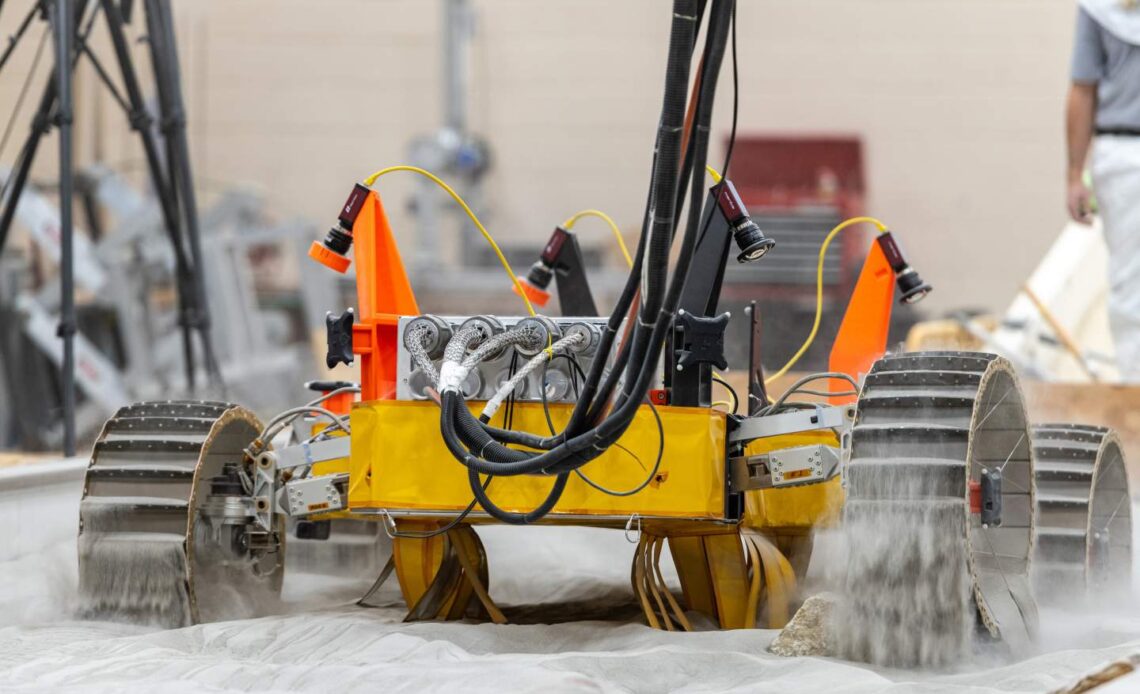
At the point when you consider NASA sending meanderers out into space, you probably think about the robot pilgrims on Mars like the Curiosity and Perseverance, the two of which were shipped off Mars. However, while our cherished red planet pioneers are out there moving around at a significant stretch, the office has plans to send meanderers to different areas too. This week NASA shared data on their impending VIPER mission which will be shipped off the moon – our Earth’s own closest neighbor.
The Volatiles Investigating Polar Exploration Rover, or VIPER, will trundle across the moon looking for water ice on the lunar surface. It will check out the moon’s south pole, where past examination recommends that there could be water ice situated inside lunar cavities (through NASA). Observing a stockpile of water on the moon could be significant for future manned missions there, when moon pilgrims will require admittance to assets.
The arrangement is to send off VIPER in 2023, yet in front of that send off the meanderer should be changed and culminated to manage the moon’s troublesome conditions. The moon’s surface is exceptionally dusty, and on the grounds that the moon has no environment, there is no wind, and that implies no disintegration. That implies that the residue there is sharp, as minuscule bits of glass, making it possibly harming to hardware and hard to move through (by means of NASA).
To prepare VIPER, NASA has been working with a test form of the meanderer here on Earth in its Simulated Lunar Operations Laboratory, or SLOPE bed. The test wanderer has the very haggles size that the genuine meanderer will have, and the test form needs to clear its path through impediments in this test lab of sandy material, to see whether its wheel configuration is capable of moving around on the moon.
NASA even shared a video showing the test meanderer traveling through profound sand, over rocks, and up a lofty slant to recreate the conditions the wanderer may experience once it arrives at the moon. UPDATE: Take a look at a video posted by the NASA Glenn Research Center doing some prior testing with the VIPER, then, at that point, drop in on the most up to date (and briefest) video of the most recent testing meeting on Twitter.
To finish its trying, one more form of the meanderer will be placed into the SLOPE community in the not so distant future. This fresher variant will be more similar to the genuine meanderer, in what NASA depicts as its “last, most important test where the wanderer should demonstrate it’s fit for meeting plan necessities with its equipment, programming, and hardware”.
